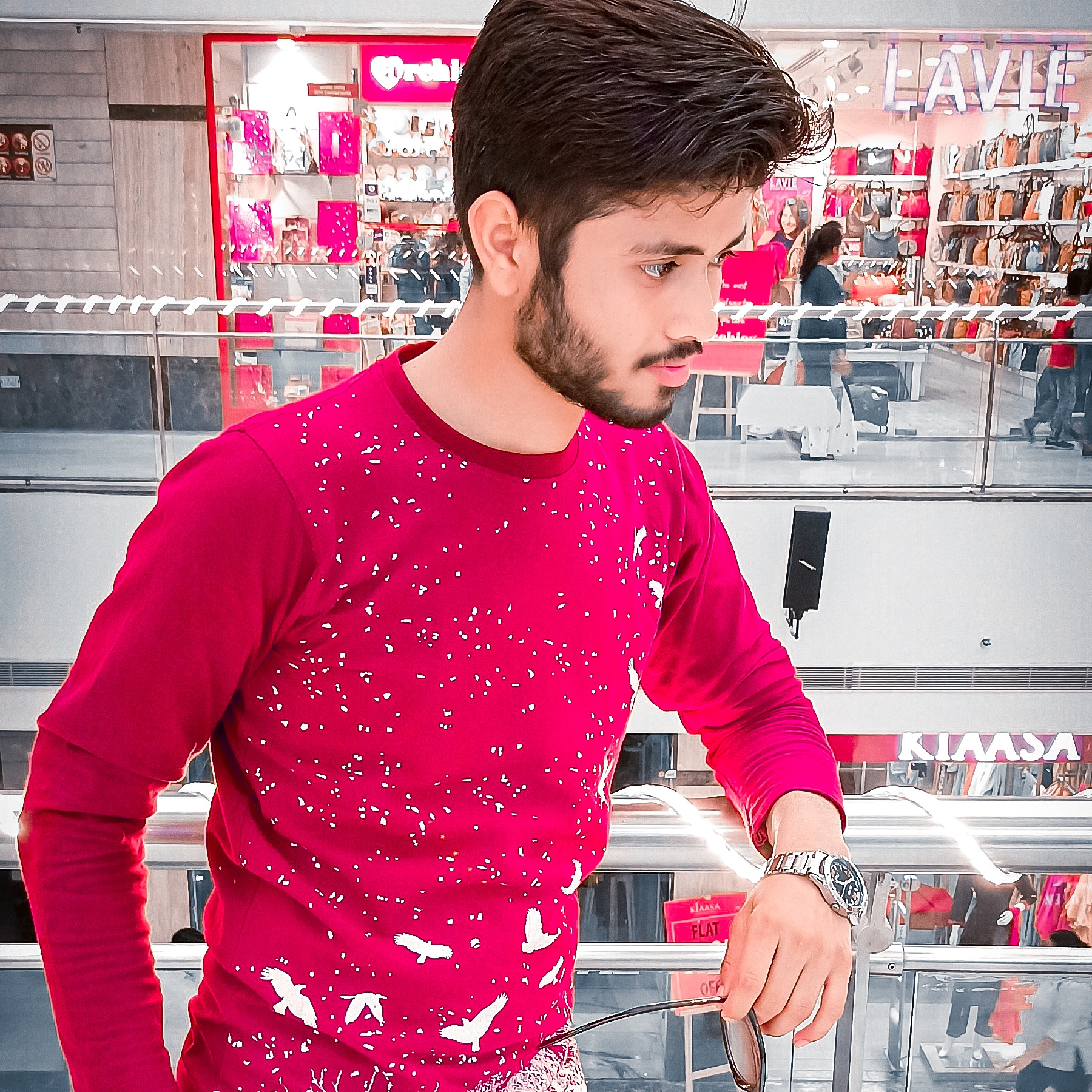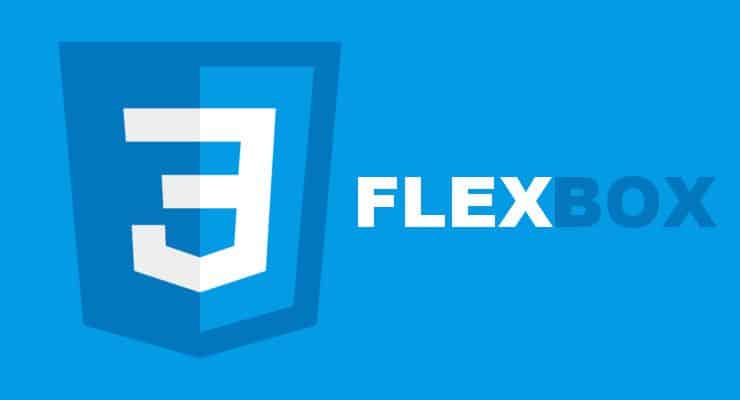Flex Box (CSS)
 Ankit Dixit
Ankit DixitTable of contents

Flexbox (Flexible Box) is a powerful CSS layout module that has revolutionized the way we design and structure web pages. Introduced in CSS3, flexbox provides a flexible and efficient way to arrange, align, and distribute elements within a container. Its simplicity and versatility make it a preferred choice for creating responsive and dynamic layouts.
Before the advent of Flexbox, web developers often struggled with complex CSS hacks and workarounds to achieve desired layouts. The introduction of Flexbox simplified this process by providing a comprehensive set of properties that control the behavior of flexible containers and their child elements.
One of the key advantages of Flexbox is its ability to handle the distribution of space within a container. By default, flexbox distributes available space evenly among its child elements, allowing for automatic resizing and repositioning. This makes it an ideal choice for building responsive designs that adapt seamlessly to different screen sizes and orientations.
To get started with Flexbox, you need to define a flex container by setting the display property to "flex" or "inline-flex". Once a container is defined, you can control the layout and behavior of its child elements using various flex properties.
The most commonly used flex properties include:
Flex Direction: Determines the direction of the main axis, which can be either row (horizontal) or column (vertical). This property defines the flow of elements within the container.
Justify Content: Defines how flex items are positioned along the main axis. It offers options such as flex-start, flex-end, center, space-between, and space-around, allowing for precise alignment and spacing.
Align Items: Controls the alignment of flex items along the cross-axis. This property offers options like flex-start, flex-end, center, baseline, and stretch, enabling developers to achieve the desired vertical alignment.
Flex Wrap: Determines whether flex items should wrap to a new line if they exceed the container's width. This property is particularly useful when dealing with multiple items or responsive designs.
Align Content: Similar to align items, this property controls the alignment of flex lines within the container when extra space is available along the cross-axis.
In addition to these fundamental properties, flexbox provides several other properties that allow fine-grained layout control. These include flex-grow, flex-shrink, and flex-basis, which determine how flex items grow, shrink, and size.
Flexbox's versatility is further enhanced by its ability to nest flex containers within each other, creating complex and nested layouts. This nesting capability enables developers to create intricate designs without the need for excessive markup or complex CSS rules.
However, it's worth noting that Flexbox does have its limitations. It is primarily designed for one-dimensional layouts, which means it excels in either rows or columns but struggles with complex grid-like structures. For more advanced grid-based layouts, CSS Grid may be a more suitable option.
Despite its limitations, flexbox remains a fundamental and widely adopted CSS module due to its simplicity, flexibility, and broad browser support. It has significantly simplified the process of creating responsive and dynamic web layouts, allowing developers to focus more on design and user experience.
In conclusion, flexbox has revolutionized the way we approach CSS layout by providing a powerful and intuitive solution for creating flexible and responsive designs. Its comprehensive set of properties and ease of use make it an essential tool in the modern web development toolkit. By mastering Flexbox, developers can achieve visually appealing and adaptable layouts that enhance the user experience across various devices and screen sizes.
Subscribe to my newsletter
Read articles from Ankit Dixit directly inside your inbox. Subscribe to the newsletter, and don't miss out.
Written by

Ankit Dixit
Ankit Dixit
student |web developer |UI/UX designer |logo designer